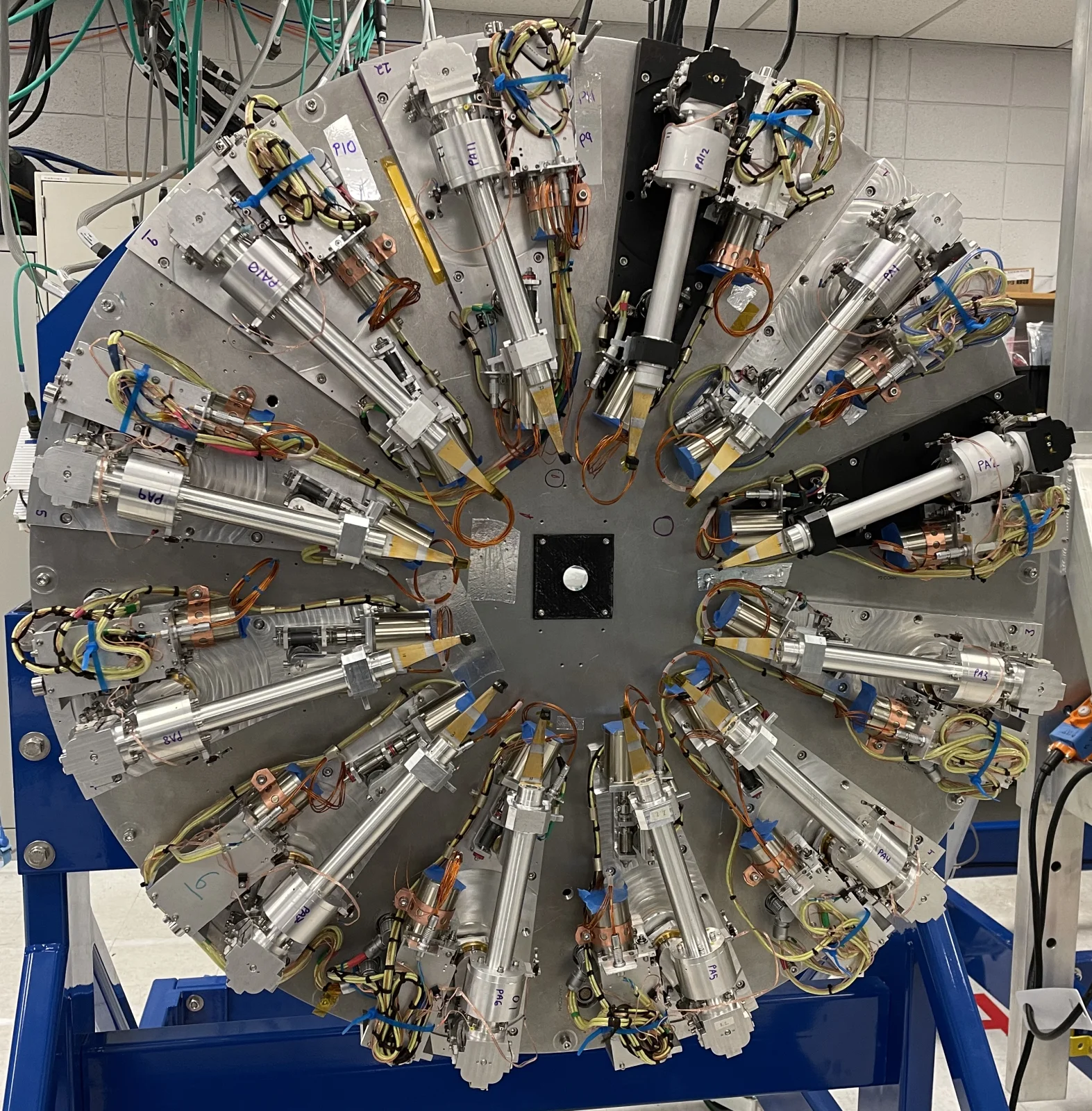Technologies portfolio
Development of space-borne and ground-based telescope instrumentation

Instrumentation capable of meeting the demanding requirements of new scientific endeavours

Instruments like the Polarimetric and Helioseismic Imager on the ESA's mission Solar Orbiter (SO/PHI), the ESA’s mission Ariel or the MIRADAS instrument for the Gran Telescopio Canarias, located at the Observatory Roque de los Muchachos (La Palma, Canary Islands), are clear examples.
Smaller missions, but not less demanding, like the nanosatellite "Menut", the Earth Observation cubesat developed in the frame of the NewSpace Strategy of Catalonia, require to reach equivalent quality levels, though in less harsh environments. Their small size makes it necessary to reach levels of miniaturisation only feasible using the latest technologies. For this reason, the use of state of the art architectures is a must in this kind of missions.
These instruments require electronic hardware and software highly performant, robust and resilient, especially on space-borne cases, where in-site human intervention is not feasible. Henceforth, specific standards with the recommended methodologies and processes have been defined to reach the desired levels of quality. The IEEC has more than a decade of experience working with them, with successful results in SO/PHI and MIRADAS. This work continues presently in new missions like Ariel, and the small satellites within the NewSpace Strategy.
The characteristics of the work requires a close collaboration with the industry. None of the instruments would have been possible without this interaction. This has paved the way for a fruitful technology transfer process, helping to create new industrial products.
